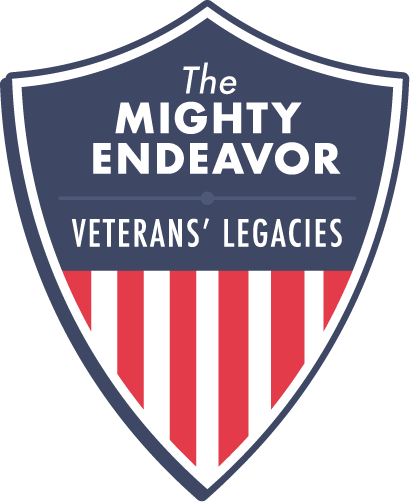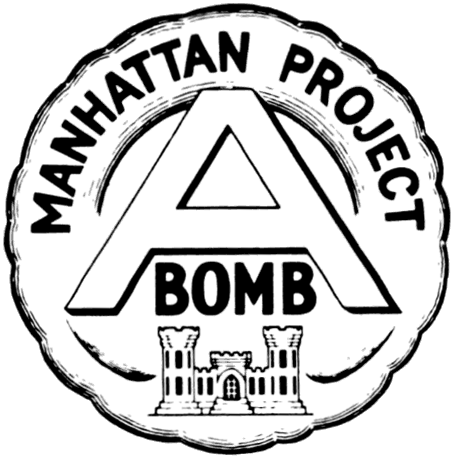In 1938, two German scientists named Otto Hahn and Fritz Strassman discovered nuclear fission, a nuclear reaction where a uranium atom splits and releases energy. Alarmed by the implications of this discovery Albert Einstein and Leo Szilard, both European immigrants who were working as physicists in the United States, sent a letter to President Roosevelt warning him that Germany could be planning to build an atomic bomb. Roosevelt responded by creating the Uranium Committee, comprised of both scientific and military experts, which was charged with assessing the possibility of a nuclear chain reaction. If a chain reaction of nuclear fissions was possible, then a nuclear bomb capable of mass destruction was also possible.
Research being done by the Uranium Committee was slow and had yet to come to any conclusions by 1941. However, in the spring of 1941, a similar committee that had been created in Britain for the same purpose released a report that confirmed the possibility of a nuclear chain reaction and the possibility of an atomic bomb. The United States decided to restructure the original uranium committee in charge of atomic research, creating the new Office of Scientific Research and Development and putting this office in charge of the reorganized program. Once the committee needed more resources to enable the kind of construction they required to move forward with research, the U.S. army assisted in providing additional support financially and materially.
The Manhattan Project officially began on August 13, 1942, so named because the first offices of the project were located in Manhattan. President Roosevelt allotted $500 million for the project’s initial funding and appointed General Leslie R. Groves of the Army Corps of Engineers to lead the project. The project would proliferate across the country, as different project sites were built in states such as New Mexico, Tennessee, Washington, and Ohio. Many of the sites were conducting further research or were used as either uranium or plutonium production plants. Los Alamos, New Mexico was the site of the weapons research laboratory, where scientists worked to construct the atomic bomb. At the same time, the 509th Composite Group of the Army Air Force was training in Utah and Cuba to prepare to drop an atomic bomb, which they eventually would in 1945.
As the development of the atomic weapon continued to progress, the U.S. government had to make a decision about the possibility of using the bomb in the ongoing war. Secretary of War Henry Stimson formed a committee to make a recommendation on the bomb’s usages, and on June 16, 1945, the committee recommended using the bomb on Japan’s home islands to encourage a surrender. The first atomic bomb was tested exactly one month later at the Trinity test site in New Mexico, creating an eight-mile-high mushroom cloud and a crater that was ten feet deep and around 1,000 feet wide. On August 6, 1945, the U.S. dropped the atomic bomb on Hiroshima, and three days later, on August 9, the second bomb was dropped on Nagasaki. The bombs combined took the lives of between 130,000 and 226,000 people. Japan then surrendered on August 14.
The legacy of the Manhattan Project is complex. Whether or not the Project and the use of the atomic bombs it created were necessary is questioned by those who believe the war could have been ended without such violent destruction. However, the United States Government has consistently stood by its decision to drop the bombs. The Project also prompted other countries to move forward with the development of nuclear weapons, as nuclear proliferation took hold across the world. A notable result was the arms race that took place during the Cold War, as the U.S. and Soviet Union came extremely close to mutually assured destruction. The project had positive outcomes however, as it aided in the development of nuclear power. The project was undeniably a scientific feat as it created a new era of nuclear development, but one with serious implications that would change warfare and the state of international relations forever.
Suggested Reading:
Atomic Heritage Foundation: The Manhattan Project
Cynthia Kelly, The Manhattan Project: The Birth of the Atomic Bomb in the Words of Its Creators, Eyewitnesses, and Historians (Hachette Book Group, 2009)
Francis George Gosling, The Manhattan Project: Making the Atomic Bomb (Diane Publishing Co., 1999)
U.S. Department of Energy: The Manhattan Project








